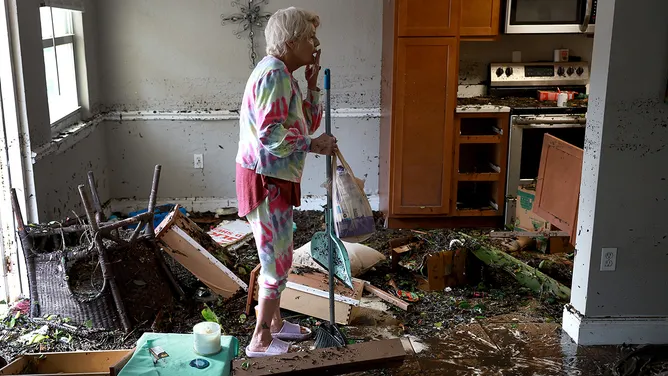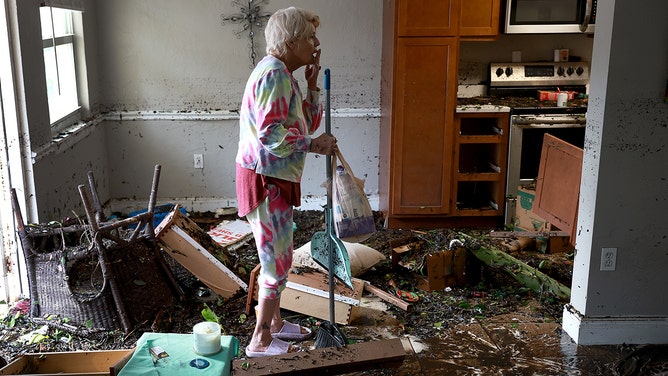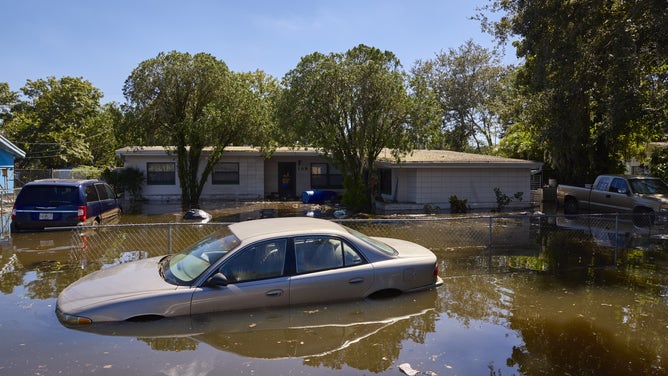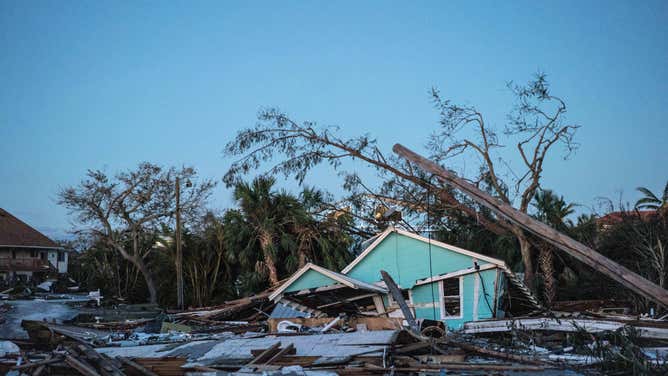
One expert says the first thing people should do after their property sustains storm damage is to contact their insurance company to get the claims process started.
Contact your insurer to get the claims process started following Hurricane Ian
As Florida residents impacted by Hurricane Ian begin to assess damage, the American Property Casualty Insurance Association (APCIA) urges homeowners to contact their home, auto, and/or flood insurer as soon as possible to file their claim.
Many folks in Florida and South Carolina are working to rebuild their lives after floods from then-Hurricane Ian wiped out their homes and businesses.
As they sift through the wreckage and rubble, one of the countless thoughts racing through their minds may be, “Does my insurance cover this?”
“Insurance [companies] are standing by, ready and prepared to help their policyholders rebuild and recover post-hurricane,” said Logan McFadden, vice president of state government relations at the American Property Casualty Insurance Association.

Stedi Scuderi looks over her apartment after flood water inundated it when Hurricane Ian passed through the area on September 29, 2022 in Fort Myers, Florida. The hurricane brought high winds, storm surge and rain to the area causing severe damage.
(Joe Raedle / Getty Images)
The first task insurance consumers should take is to contact their insurance company to start the claims filing process, McFadden advised. This will help them receive assistance, such as a list of reputable contractors for repairs and additional living expenses.
One of those expenses may include a rental car. According to McFadden, any car that has water damage is typically covered under a comprehensive physical damage policy. Part of that coverage typically includes rental cars.

Homes and vehicles submerged in water in a flooded neighborhood following Hurricane Ian in Orlando, Florida, US, on Friday, Sept. 30, 2022.
(Brian Carlson / Bloomberg / Getty Images)
McFadden did give a note of caution for people whose cars were flooded.
“Do not try to start that car,” she said. “If there has been water damage, the floorboards are wet, the seats are wet, your air filter under your hood is wet, because they can just make the damage worse.”
As far as rebuilding a home goes, McFadden said additional living expenses may be provided, but that can only be determined by contacting an insurance carrier.

A destroyed beach front home that was carried across the street by the storm surge. Scenes of flooding and storm damage after Hurricane Ian ravaged Fort Myers Beach, Fla.
(Thomas Simonetti for The Washington Post / Getty Images)
For example, temporary housing may be provided if the damaged home is uninhabitable.
“Contacting your insurance carrier is definitely the first step to see what is covered,” said McFadden.
